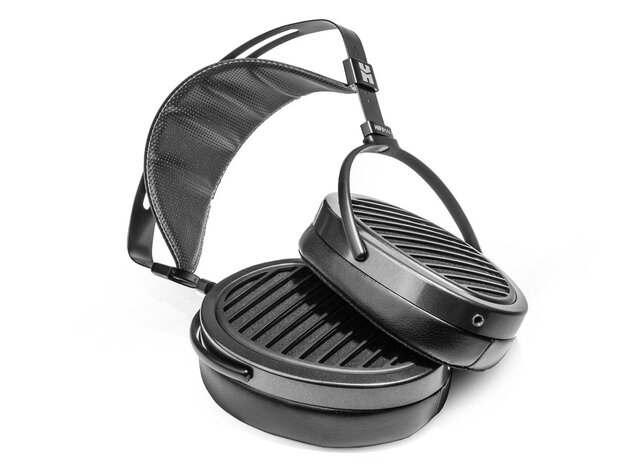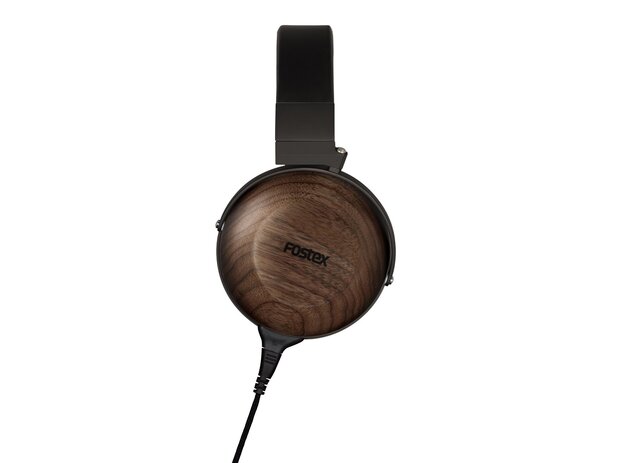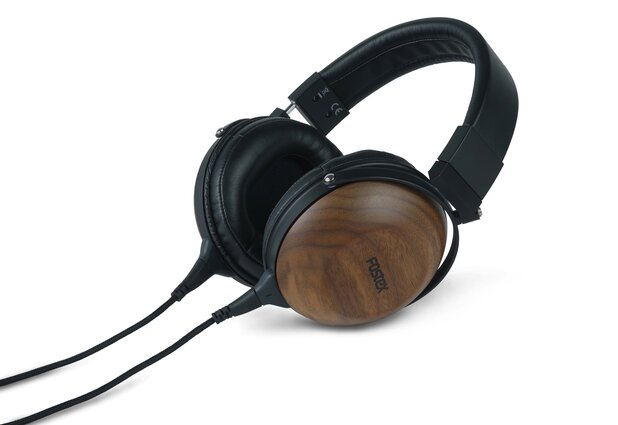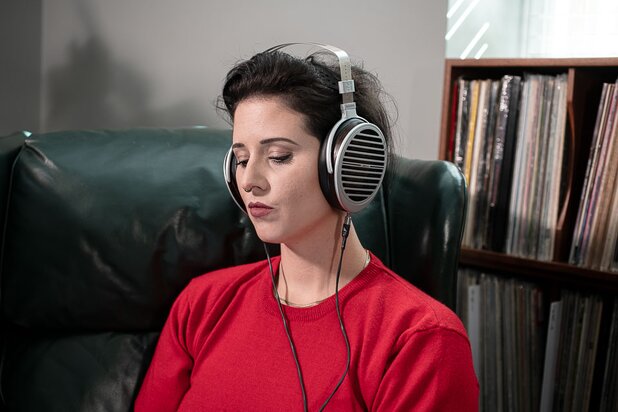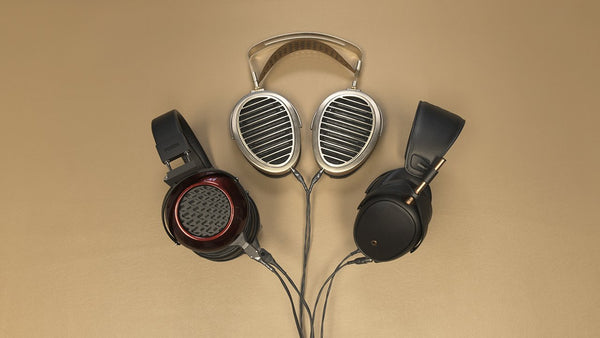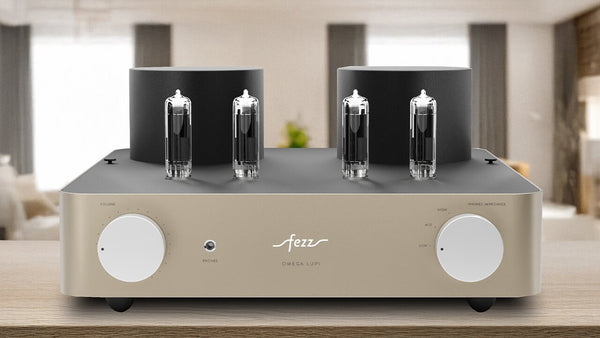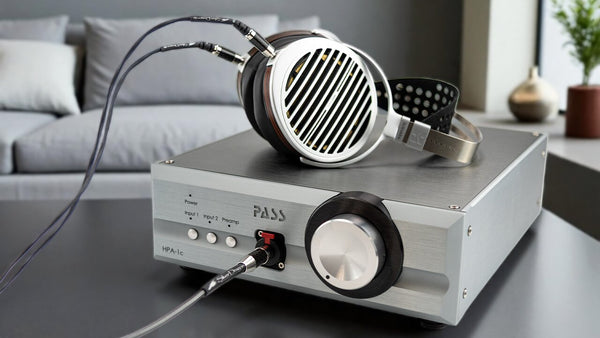Open Back vs. Closed Back Headphones: Everything You Need to Know

Open vs. Closed Headphones–What's the Difference?
For true audiophiles, headphones are never just headphones. Choosing the right audiophile headphone is personal. It’s also the most important investment a music lover can make when upgrading the listening session. When wagering between open back or closed-back headphones, there are some important questions to ask yourself. When will I be using my headphones? On average, how long will I be listening to music? We've got the answers to these questions and more.
Open vs. Closed Headphones: What's the Difference?
Headphone Drivers: Open vs. Closed
If you're new to the world of audiophile headphones you may have been surprised–as many of us were in the beginning–to find out that headphones actually come in two main types: Open back and closed back. But when all headphones have a backing to them, what does that even mean?
Let's clear up some of that confusion by touching on the very basics of headphones. A pair of audiophile-grade headphones is made up of several parts, the most important being: Headband, Ear Cups/Housing, Ear Pads, Drivers, Headphone Jack, and Headphone Cable. Some pairs of headphones can be more nuanced than that but at the very core, all headphones are made up of these essential components.
Headband: Hard piece that runs from one speaker to the other, holding them together.
Ear Cup/Housing: Outer shell that holds the speaker drivers and other internal components
Ear Pads: Cushions on the inside of the ear cup that provide grip and enough padding to rest comfortably against your ears
Driver: A component inside the earpiece that converts electrical signals into sound
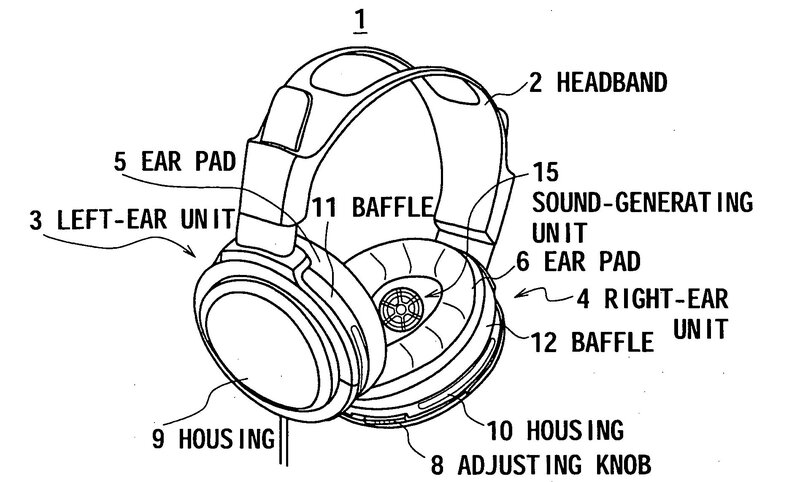
What is the Main Difference Between Open and Closed Back?
Essentially, the main difference between closed-back and open-back headphones lies in how the drivers in each headphone are ventilated. The driver is the main component inside each ear cup that converts an electrical signal to sound through vibrations. So without a driver there can be no headphone.
In an open-back headphone design, the ventilation airways allow for air to move freely around the drivers. The outside of the ear cups will often have a grill-like pattern.
In a closed-back headphone design, the backsides of the ear cup are covered, causing the drivers to receive little to no ventilation. The ear cups will appear solid with no grill.
To put it simply, an open-back headphone allows air to move openly, while a closed-back headphone closes the driver off from ventilating air.
Open-Back Headphones Explained
As mentioned earlier, ventilation airways or grills allow the free passage of air around the dynamic, planar magnetic, or electrostatic drivers. But what does this actually mean for you? Typically, open-back headphones offer a more open, natural and a wider sense of presentation, but with some compromises. Here are the pros and cons of open-back headphones.
PROS
Better Comfort
- Reduced ear fatigue
- Better comfort over longer listening sessions
- Lighter weight design thanks to fewer materials
- Allows for ventilation for the ears to "breath" thanks to the omission of outer ear cups
Best for Certain Situations
- Best for at home listening
- Best used when you don't mind being interrupted
- Great when you want to maintain awareness of background noise
More Driver Options
- Dynamic drivers
- Electrostatic drivers
- Planar magnetic drivers
- These drivers are more established and mature
CONS
More Fragile
- Not a good portable option to travel with
- Being made of lighter materials means they could be more prone to accidental damage
Fewer Ergonomic Uses
- Best used at home
- Not good for blocking out background noises
- Not a good option for commuting on the train, or plane
- Not a good choice for use at work around other people
Less Bass Impact
- Not the preferred choice for bass-driven music genres
Can others hear open-back headphones?
The ventilation in open-back headphones provides breathability for your ears while encouraging a more natural sound. Since air and sound can travel freely in and out of the ear cups, open-back headphones will not block out any ambient noise. So, not only will those around you be able to hear your music, but the ambient noise can also infiltrate your music, providing you with a less-than-ideal listening experience.
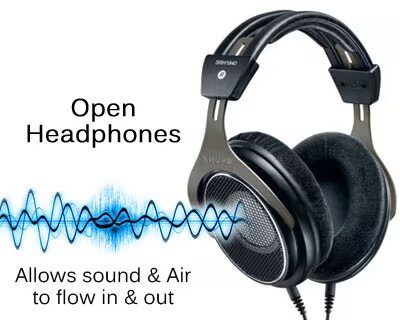
Do open-back headphones sound better?
Typically, open-back headphones offer a more open, natural, and a wider sense of presentation than closed-back headphones. The more natural sense of spatial equilibrium experienced when listening to a great loudspeaker system is essentially what an open back headphone simulates. And while open headphones offer a totally separate listening experience from that of loudspeakers, open-back headphones perform the job much better than their closed back brother.
The sound of a moving driver pushing sound waves around in the air freely has a certain “width” in the presentation’s signature. This is why open-back headphones are most audiophiles’ preferred choice.
Escapism has a more "live" soundstage
The best option for critical listening sessions
A more open, natural, and wider sense of presentation
Closed-Back Headphones Explained
In a closed-back design, the backside of the ear cup on the headphone is covered. Essentially, this locks in sound and focuses it back onto the listener.
PROS
Noise Isolation
- The best option to study with
- Best when you don't want to be disturbed
- Best when you want the most focused listening session
More Ergonomic Uses
- Best for commuting
- Best portable option to travel with
- Best when you can afford not to be disturbed
- Great for office use when you want to block out background noise
Greater Bass Impact
- An excellent choice for bass heavy music genres
CONS
Reduced Comfort
- Little to no ventilation
- Can cause sweat around the ears to build up
- Can cause ear fatigue over prolonged listening sessions
Fewer Driver Options
- Dynamic drivers are one of the only options
- While more driver types are becoming available, the technology is less mature than in open back headphones
Is there a type of headphone better suited for the office?
Closed-back headphones are best for traveling or for use in places where there is a lot of outside noise interference. Since closed-back headphones are completely sealed, sound does not easily escape or enter the headphones. This means you will get better sound isolation for outside noise and others will not be disturbed by your music.

What is the sense of presentation in closed-back headphones?
Due to the isolate nature of closed-back headphones, they do not sound as airy or natural as their open-back counterpart. The sound is more concentrated in your head instead of being spread out over a wide soundstage. Audiophiles may describe a sense of presentation that’s “taller" in "height” and more centered. This is due in part to the more narrow focus created by isolating the drivers inside of closed-back headphones, and the way the human ear perceives the volume of lower frequency content as being both louder and closer. Focusing the direction of the music’s frequency content back to the listener's ears, and isolating it from leaking out, creates the most centrally oriented presentation available.
Escapism is incredibly immersive
Centrally located sense of presentation
A slightly less musical sense of presentation
More isolating and introspective sound signature
How to Choose a Pair
Choose the right headphone, and your listening pleasure will progress from casual listening and into the new world of musical details that delight your senses and catapult the discovery of your music collection as though it's the very first time. Choose the wrong headphone, and you might be wondering why everyone in the office suddenly knows your deep dark Bieber-fever secret.
Ultimately, the best headphone for you should fit the ergonomic scenarios in your life. Since music is more mobile than ever before, many audiophiles incorporate both styles of headphones into their lifestyles. For example, leaving the lighter and more fragile open-back headphones at home where they are safe is the best way to listen to your music for the best results. On the other hand, pack up a great pair of closed-back headphones to achieve the best sound possible when commuting. Having both designs gives music lovers access to the best of both worlds!
Which headphones are better for listening at home? Open-back headphones
Is there a type of headphone better suited for the office? Closed-back headphones
Which headphones are better for portable audio on the go? Generally speaking, closed-back headphones are the safer, more portable option
When to Buy Open-Back Headphones:
Open-back headphones are great for at home listening and when you want to maintain awareness of background noise. You will still be able to hear ambient noise, so if you're someone who likes to jam out to heavy metal while you work, your coworkers might not appreciate the sound that will bleed through your open-back headphones.
Classical music can sound airy and expansive in an open-back headphone. Certain headphone designs will make one genre stand out more than another- A headphone that is dynamic, lively and faster will compliment genres like rock and metal. The headphone design can certainly play a role in how that genre will sound, so be mindful of this when choosing your headphones!
Our Top 3 Picks
When to Buy Closed-Back Headphones:
Open-back headphones are great for at home listening and when you want to maintain awareness of background noise. You will still be able to hear ambient noise, so if you're someone who likes to jam out to heavy metal while you work, your coworkers might not appreciate the sound that will bleed through your open-back headphones.
Classical music can sound airy and expansive in an open-back headphone. Certain headphone designs will make one genre stand out more than another- A headphone that is dynamic, lively and faster will compliment genres like rock and metal. The headphone design can certainly play a role in how that genre will sound, so be mindful of this when choosing your headphones!

Our Top 3 Picks
FAQs and Resources
FAQs
What are the benefits when purchasing headphones?
⌃
Can headphones sound as good as speakers?
⌃
Why are closed-back headphones beneficial?
⌃
Buying Audiophile Headphones: Everything You Need to Know
What are Headphone Drivers? Planar Magnetic vs. Dynamic vs. Ribbon vs. Electrostatic
Related Videos
Top Audiophile Headphones of 2024: Entry to Endgame
Grado HP100 SE: The $2,495 Anniversary, Flagship Headphone Reviewed
Top Open-Back Audiophile Headphones of 2023


